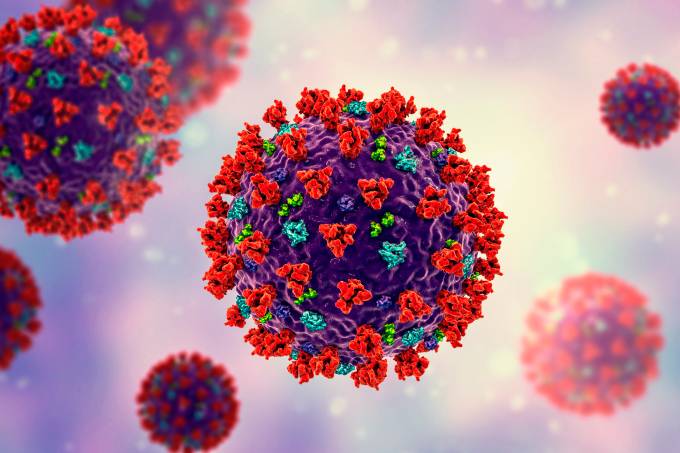Protocol Detail


FITTING
Symptoms that suggest a seizure include loss of consciousness, muscle spasms that shake the body, loss of bladder control, sudden confusion, and inability to pay attention
Diagnosis
Try & obtain a history of the events leading up to the seizures:
· Talk to ambulance officers & eyewitnesses,
· Known epileptic/ diabetic,
· Other intercurrent illnesses,
· Type & duration of seizure, if still fitting when did it start,
· Any history evidence of incontinence, tongue biting or injuries.
· Other medical history including prescribed & social drugs, especially alcohol.
Status epilepticus is; “a generalized seizure lasting longer than 5-10 minutes or two or more seizures without full recovery between fits or recurrent fits lasting more than 30 minutes”.
After seizure activity is complete ensure you perform a thorough check for any injuries.
Management
1. ABC’s & Resuscitation as required,
2. Protect the patient from potential injury,
3. Oxygen 100%,
4. Observe the features of the seizure,
5. Monitoring as indicated,
6. IV access,
7. Immediate Blood Sugar Levels,
8. If fitting spontaneously stops nurse in semi-prone position & observe for 4 hours,
9. After 4/24 admit if:
· Persistent altered mental state,
· CNS infection suspected,
· New neurological deficit,
· Acute head trauma,
· Eclampsia
10. If fitting continues:
· Inform medical officer,
· Clonazepam IV 1-2 mg,
· Terminates 80-90% of “status epilepticus”
11. If seizure continues commence Phenytoin IV 10-15 mg/kg at 50mg/min,
12. If seizure continues, consider using Phenobarbitone 20 mg/kg IV 60-100 mg/min,
13. If seizure is still continuing consider anbaesthetising, paralyzing & ventilating,
14. For status epilepticus take FBC, U&E’s, LFT’s, Anticonvulsant levels (if on treatment),
BC’s (if septic), ABG’s,
15. Consider serum Prolactin (doesn’t risoe in pseudoseizure),
16. Regularly check Blood Sugar Levels,
17. Consider drug screen, CT scan & LP as indicated,
18. May require Catheterisation, urinalysis & MSU,
19. Maintenance dose of phenytoin is loo mg 6-8 hourly (PO or IV),
20. Review all possible causes,
21. Urgent CT if:
· Structural lesion suspected,
· New focal deficits,
· Persistent altered mental state,
· Fever,
· Recent trauma,
· History of cancer,
· Anticoagulation,
· HIV infection,
· New seizure pattern









